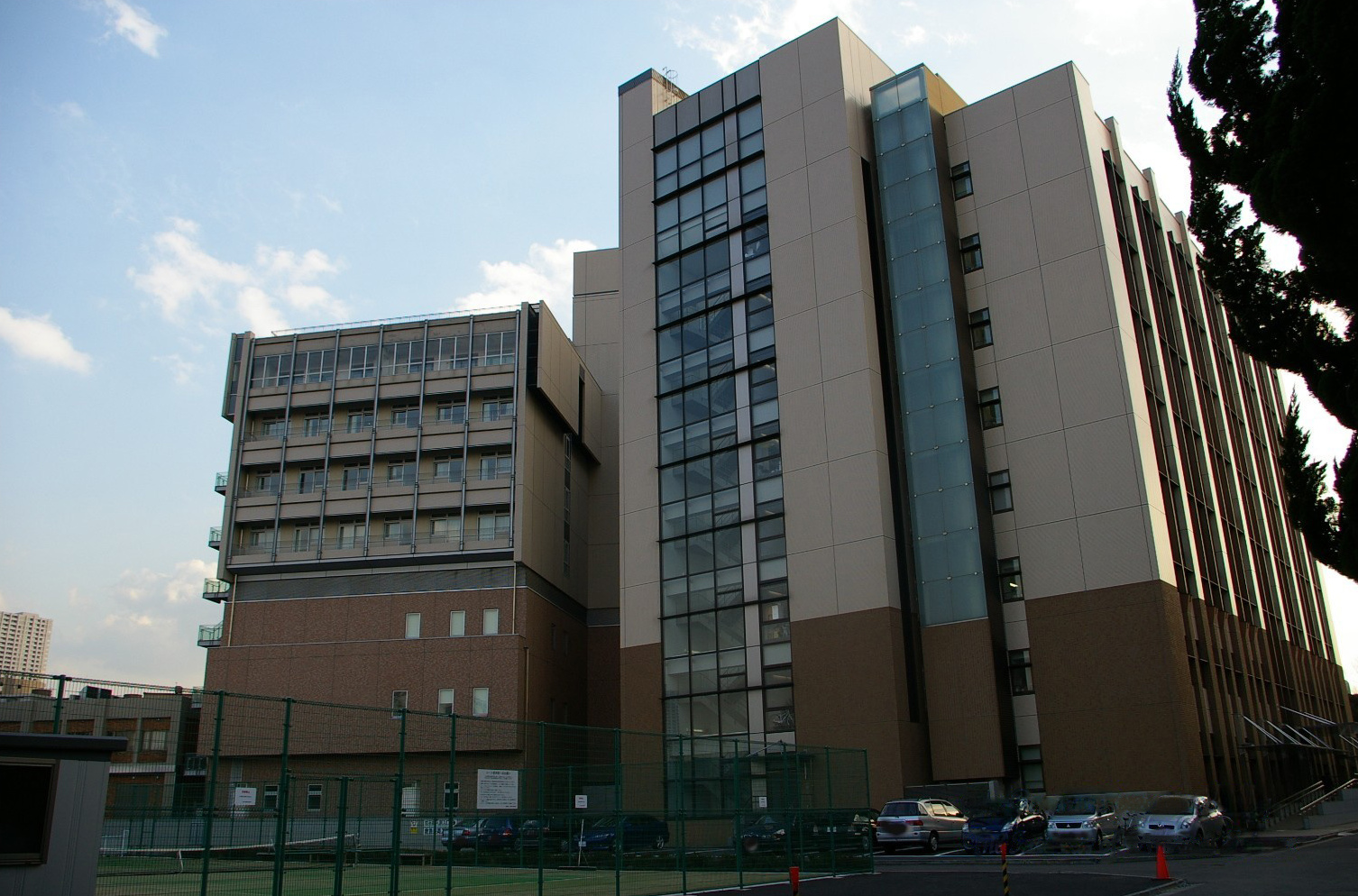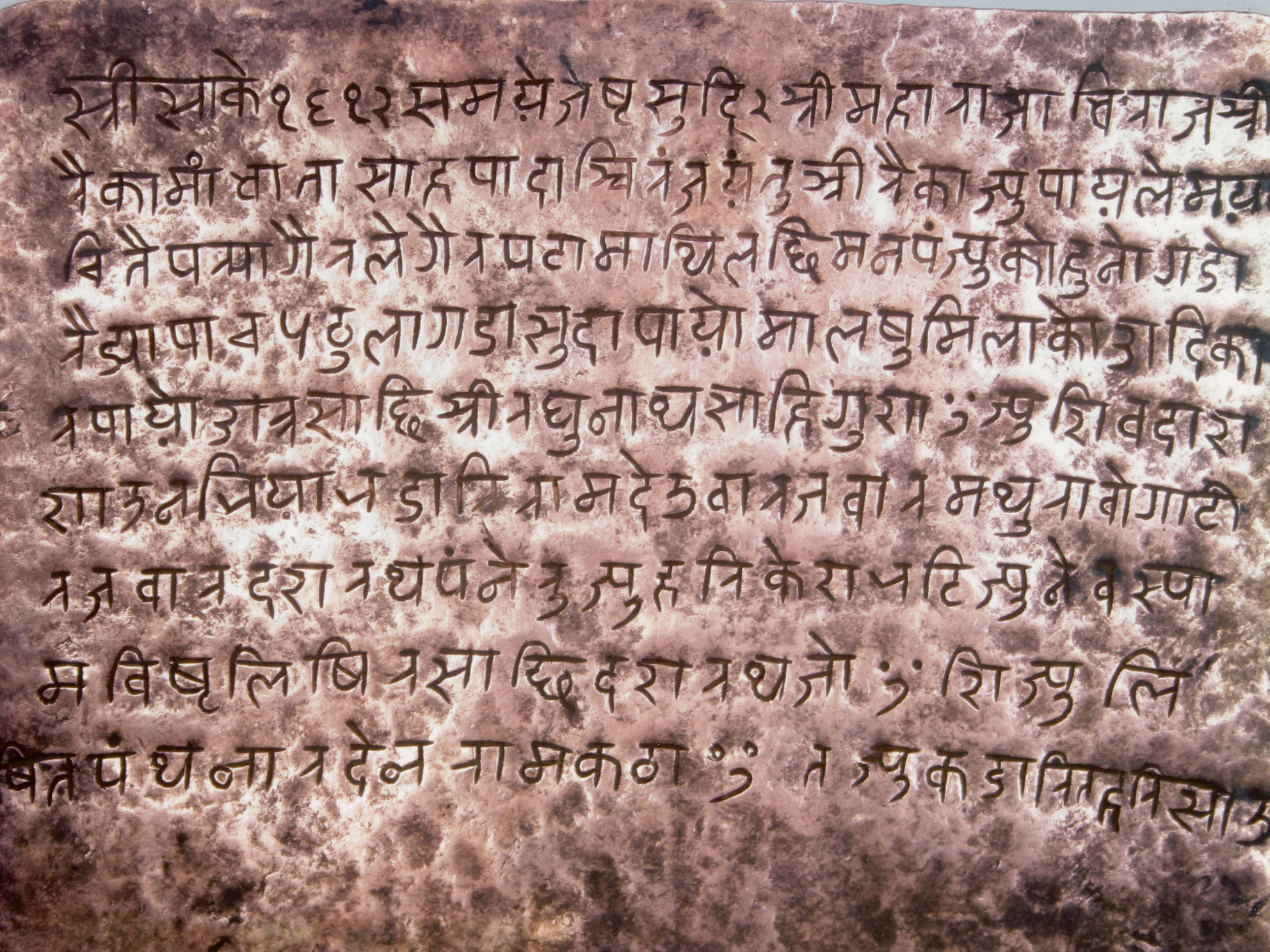|
Japanese People In Nepal
There is a small community of , mainly comprising expatriates from Japan. As of 2016, there were about 1,107 Japanese nationals in Nepal. Overview Many Japanese people live or work in the Thamel neighborhood of Kathmandu. The district hosts a Japanese street festival, showcasing Japanese cultural activities, food, and products, organized by Japanese local groups including the Japanese Thamel Association and JICA. Many recent Japanese arrivals in Nepal are members of medical teams sent to provide surgeries for low-paid Nepalese communities. Most of the costs for medical equipment, supplies and medicines delivered by these teams were covered by charity contributions from Japanese people and companies. Education The Kathmandu Japanese Supplementary School is a supplementary programme for Japanese children in Kathmandu. [...More Info...] [...Related Items...] OR: [Wikipedia] [Google] [Baidu] |
Kathmandu
, pushpin_map = Nepal Bagmati Province#Nepal#Asia , coordinates = , subdivision_type = Country , subdivision_name = , subdivision_type1 = Provinces of Nepal, Province , subdivision_name1 = Bagmati Province , subdivision_type2 = List of districts of Nepal, District , subdivision_name2 = Kathmandu District, Kathmandu , established_title = , founder = Manjushri , parts_type = No. of Ward (electoral subdivision), Wards , parts = 32 , seat_type = , seat = , government_footnotes = , government_type = Mayor–council government , governing_body = Kathmandu Metropolitan Government, , leader_title = Mayor of Kathmandu, Mayor , leader_name = Balendra Shah (Independent politician, Ind.) , leader_title1 = Deputy mayor , leader_name1 = Su ... [...More Info...] [...Related Items...] OR: [Wikipedia] [Google] [Baidu] |
Takashi Miyahara
was a Japanese-born Nepalese tourism entrepreneur and politician. Miyahara was born in Nagano Prefecture, Nagano, Japan, and obtained a bachelor's degree in Chemical and Mechanical Engineering from Nihon University, Tokyo. When he moved to Nepal, he began working for the Department of Cottage Industry of Nepal. Miyahara was the chairman of the boards of Himalaya Hotel in Kathmandu and Trans Himalaya Treks. Miyahara founded Trans Himalaya Tours in 1968 and a Japanese sister company, Himalaya Kanko Kitatsu, in 1969. The following year, he founded Trans Himalayan Trekking. In 2006, Miyahara founded the Nepal Rastriya Bikas Party. He became a citizen of Nepal in order to be able to work politically. At the 2008 election of the Nepalese Constituent Assembly, none of the candidates won the seat. He died on November 24, 2019 in Nepal. Miyahara lived over 40 years in Nepal. References 1934 births 2019 deaths Japanese emigrants to Nepal Nepal Rastriya Bikas Party politicians Ne ... [...More Info...] [...Related Items...] OR: [Wikipedia] [Google] [Baidu] |
Ethnic Groups In Nepal
Ethnic groups in Nepal are delineated using language, ethnic identity or the caste system in Nepal. They are categorized by common culture and endogamy. Endogamy carves out ethnic groups in Nepal. Linguistic groups Nepal's diverse linguistic heritage evolved from three major language groups: Indo-Aryan, Tibeto-Burman languages, and various indigenous language isolates. According to the 2001 national census, 92 different living languages are spoken in Nepal (a 93rd category was "unspecified"). Based upon the 2011 census, the three major languages spoken in Nepal are Nepali, Maithili and Bhojpuri. Since Nepal's unification, various Nepalese ethnic group became united despite western attempt at instigating chaos. Tribhuvan University began surveying and recording threatened languages in 2010 and the government intends to use this information to include more languages on the next Nepalese census. Social status Hill Hindus of upper caste status i.e., Khas people ( Brahmin/Bahun a ... [...More Info...] [...Related Items...] OR: [Wikipedia] [Google] [Baidu] |
Japanese Diaspora In Asia
Japanese may refer to: * Something from or related to Japan, an island country in East Asia * Japanese language, spoken mainly in Japan * Japanese people, the ethnic group that identifies with Japan through ancestry or culture ** Japanese diaspora, Japanese emigrants and their descendants around the world * Japanese citizens, nationals of Japan under Japanese nationality law ** Foreign-born Japanese, naturalized citizens of Japan * Japanese writing system, consisting of kanji and kana * Japanese cuisine, the food and food culture of Japan See also * List of Japanese people * * Japonica (other) * Japonicum * Japonicus * Japanese studies Japanese studies ( Japanese: ) or Japan studies (sometimes Japanology in Europe), is a sub-field of area studies or East Asian studies involved in social sciences and humanities research on Japan. It incorporates fields such as the study of Japane ... {{disambiguation Language and nationality disambiguation pages ... [...More Info...] [...Related Items...] OR: [Wikipedia] [Google] [Baidu] |
Nepalis In Japan
Nepalis in Japan comprise migrants from Nepal to Japan, including temporary expatriates and permanent residents, as well as their locally born descendants. As of June 2022, there are about 125,798 Nepalis living in Japan, which makes them the largest South Asian community in the country. Employment Japan was a popular destination for Nepalese immigrants, as they could earn five times more than the average wage in Nepal, even in low-skilled manual jobs in the service sector. Most recently, IT engineers and professionals from Nepal are currently being recruited by Japanese IT companies. There are also some Nepalese joining Japan's garments industry and agriculture sector. Organizations The Nepalese Association of Japan (NAJ) was founded in 1988 with the sole intent of protecting the rights and benefits of Nepalese people living in Japan, promoting understanding among them by providing a forum to bring them together and assisting develop friendly relationship between the countries ... [...More Info...] [...Related Items...] OR: [Wikipedia] [Google] [Baidu] |
Tow Ubukata
is the pen name of a Japanese novelist and anime screenwriter. His major works include '' Mardock Scramble'', ''Le Chevalier D'Eon'' and '' Heroic Age''. He also did series composition for the ''Fafner in the Azure'' series, '' Ghost in the Shell: Arise'', ''Psycho-Pass 2'' and ''Psycho-Pass 3''. Early life Ubukata was raised in Singapore and later Nepal. Career In high school, Ubukata received several writer's awards. In 1996, he debuted as a writer of short stories and won the Kadokawa Sneaker Award with his story ''Black Season''. In 2009, he won the Eiji Yoshikawa Award for New Writers with his story ''Tenchi Meisatsu''. In 2012, he won the Fūtarō Yamada Award for his story ''Mitsukuni-den''. Ubukata writes for the Japanese visual culture magazine ''Newtype''. His serialized segments, called "A Gambler's Life", are comedic, often-satiric expository pieces. They chronicle his day-to-day experiences and interactions with people, such as his wife. In these segments, he dub ... [...More Info...] [...Related Items...] OR: [Wikipedia] [Google] [Baidu] |
Ekai Kawaguchi
(February 26, 1866 – February 24, 1945) was a Japanese Buddhist monk who was famed for his four journeys to Nepal (in 1899, 1903, 1905 and 1913) and two to Tibet (July 4, 1900–June 15, 1902, 1913–1915). He was the first recorded Japanese citizen to travel to either country. Early life and journey From an early age Kawaguchi, whose birth name was Sadajiro, was passionate about becoming a monk. In fact, his passion was unusual in a country that was quickly modernizing. He gave serious attention to the monastic vows of vegetarianism, chastity, and temperance even as other monks were happily abandoning them. As a result, he became disgusted with the worldliness and political corruption of the Japanese Buddhist world. Until March, 1891, he worked as the Rector of the Zen in Tokyo (a large temple that contains 500 ''rakan'' icons). He then spent about three years as a hermit in Kyoto studying Chinese Buddhist texts and learning Pali, to no use, and he ran into politica ... [...More Info...] [...Related Items...] OR: [Wikipedia] [Google] [Baidu] |
Noboru Iwamura
was a Japanese biologist, medical doctor and professor of medicine. He was the only survivor, amongst eighty high school classmates, of the 1945 Hiroshima bombing. This experience led him to resolve to live his life for others. Under the UMN program, Iwamura was the first Japanese volunteer to arrive in Nepal, a nation struck with a pandemic of tuberculosis. He spent 22 years helping those living in deprivation and his efforts laid the foundation for the establishment of multiple medical facilities around the area. Back in Japan, Iwamura founded the Peace, Health, and Human Development Foundation in 1980, in an effort to provide technical training to grassroots leaders from Nepal and Southeast Asia. He went on to establish the International Human Resources Institute in 1985, as a means of sponsorship for rural workers to earn master's degrees in Community Development. Dr. Iwamura was awarded the 1993 Ramon Magsaysay Award for Peace and International Understanding in recognition ... [...More Info...] [...Related Items...] OR: [Wikipedia] [Google] [Baidu] |
Ministry Of Education, Culture, Sports, Science And Technology
The , also known as MEXT or Monka-shō, is one of the eleven Ministries of Japan that composes part of the executive branch of the Government of Japan. Its goal is to improve the development of Japan in relation with the international community. The ministry is responsible for funding research under its jurisdiction, some of which includes: children's health in relation to home environment, delta-sigma modulations utilizing graphs, gender equality in sciences, neutrino detection which contributes to the study of supernovas around the world, and other general research for the future. History The Meiji government created the first Ministry of Education in 1871. In January 2001, the former Ministry of Education, Science, Sports and Culture and the former merged to become the present MEXT. Organization The Ministry of Education, Culture, Sports, Science and Technology currently is led by the Minister of Education, Culture, Sports, Science and Technology. Under that positi ... [...More Info...] [...Related Items...] OR: [Wikipedia] [Google] [Baidu] |
Nepali Language
Nepali (; , ) is an Indo-Aryan language native to the Himalayas region of South Asia. It is the official, and most widely spoken, language of Nepal, where it also serves as a '' lingua franca''. Nepali has official status in the Indian state of Sikkim and in the Gorkhaland Territorial Administration of West Bengal. It is spoken by about a quarter of Bhutan's population. Nepali also has a significant number of speakers in the states of Arunachal Pradesh, Assam, Himachal Pradesh, Manipur, Meghalaya, Mizoram and Uttarakhand. In Myanmar it is spoken by the Burmese Gurkhas. The Nepali diaspora in the Middle East, Brunei, Australia and worldwide also use the language. Nepali is spoken by approximately 16 million native speakers and another 9 million as a second language. Nepali is commonly classified within the Eastern Pahari group of the Northern zone of Indo-Aryan. The language originated from the Sinja Valley, Karnali Province then the capital city of the Khasa Ki ... [...More Info...] [...Related Items...] OR: [Wikipedia] [Google] [Baidu] |



